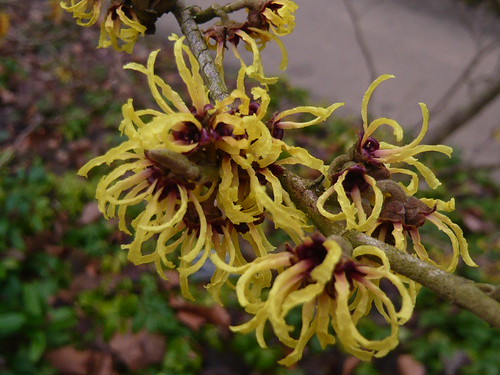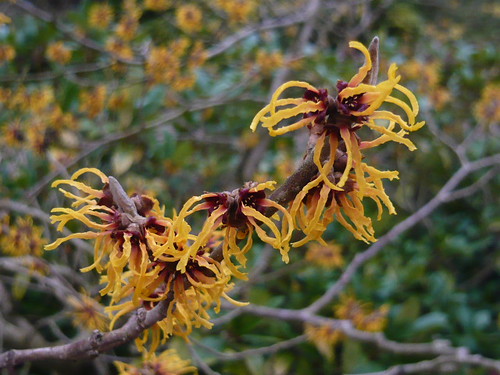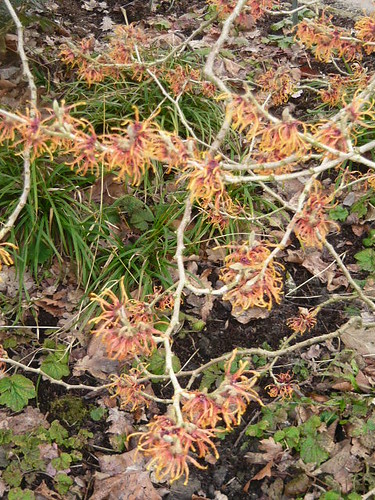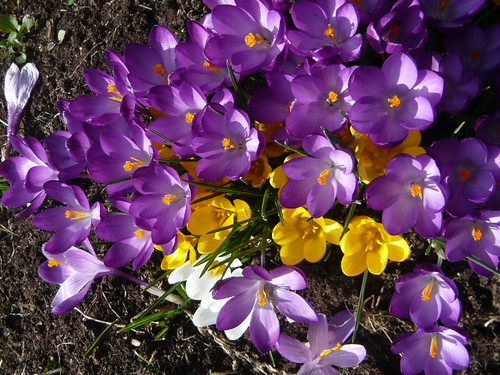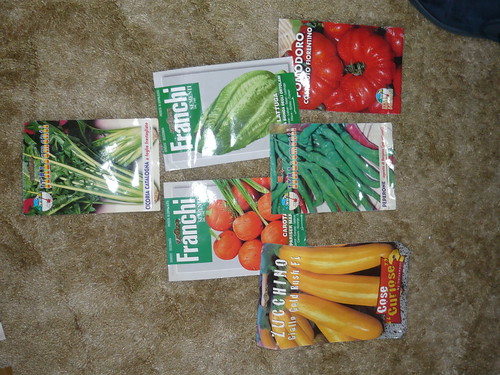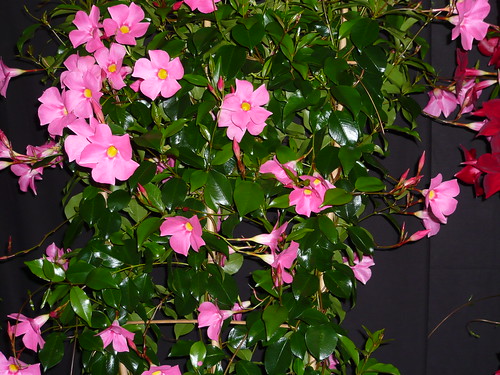Early Blossom on Shrubs
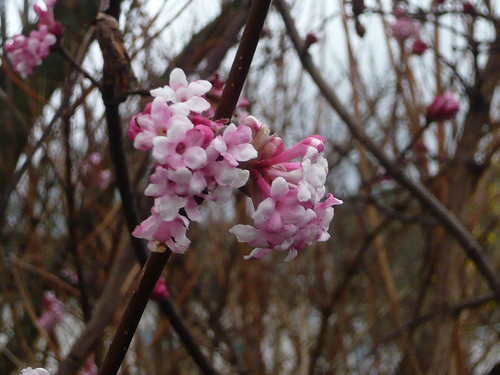
Daphne
One of the first pink flowers of the new year. The buds open before the leaves in February.
More photos
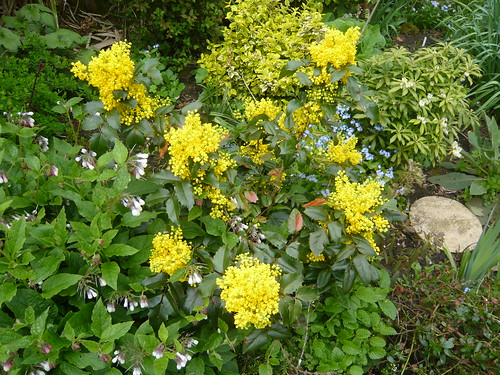
Mahonia
Flowering through winter the bright yellow flowers start in November. Like many winter flowers they have a good scent to attract what pollinating insects there are around.
More Mahonia images
…


